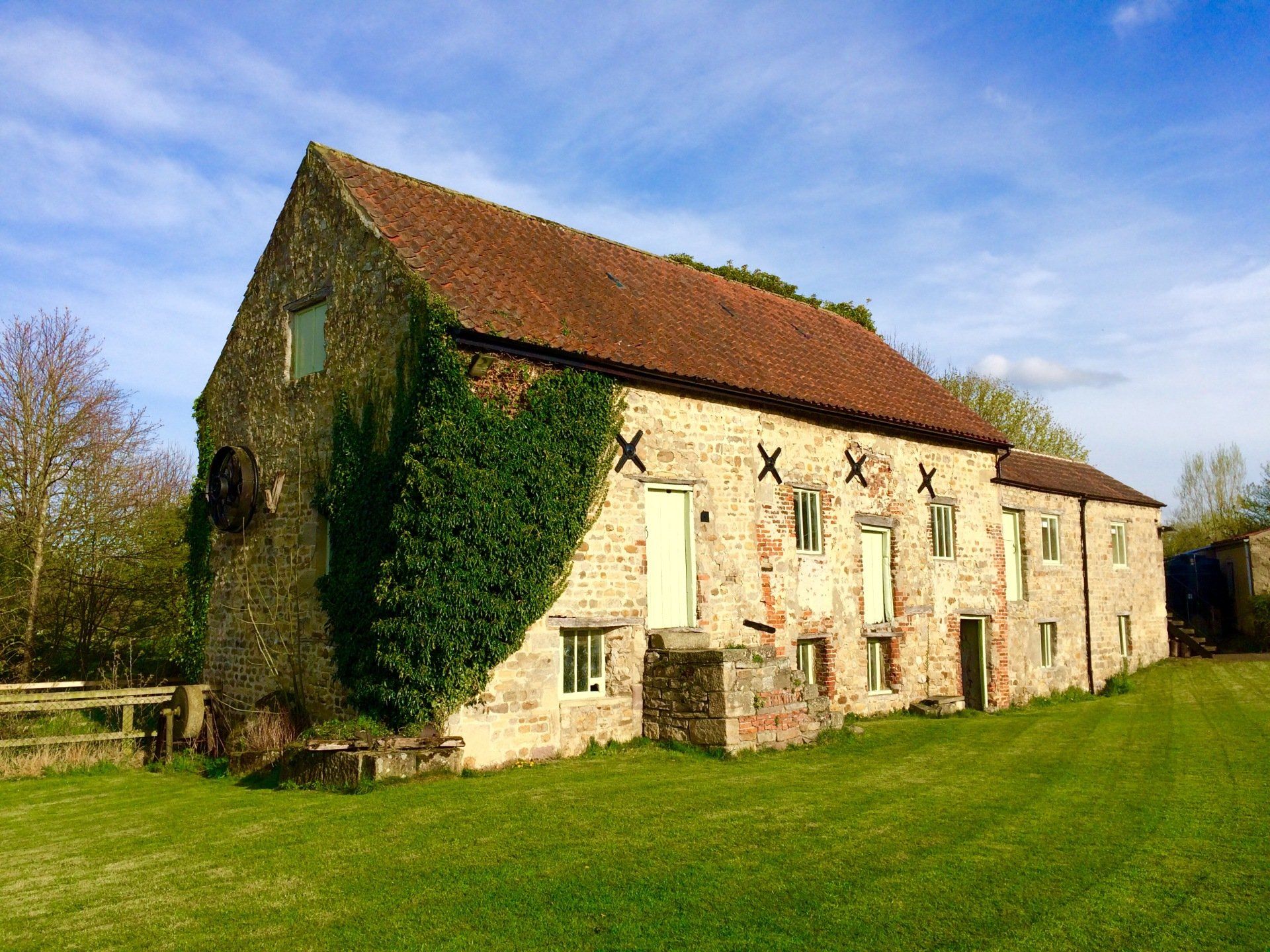ABOUT US
Sleningford Watermill is proud to be an independent Caravan and Camping Park. We have been welcoming guests to this beautiful part of North Yorkshire since 1973.
Families and couples, nature lovers, walkers and cyclists, canoeists and anglers can all find a place to escape and relax at Sleningford. The 20-acre park is an ideal base for exploring the Yorkshire Dales and the North Yorkshire Moors. Many people come back year after year to enjoy family time and discover new aspects of this wonderful area.
The Dunne family manage the site. They have resettled in the area and can not wait to continue making Sleningford a special place for all.
The park’s awards include the David Bellamy Conservation Gold Award, Tripadvisor's Certificate of Excellence and a four AA pennants rating.
History of Sleningford Watermill
An ancient message for modern times
Sleningford Watermill has a long and fascinating history as a working mill. There is a stone above the original front door of the Mill House inscribed with this verse, dated 1773:
"O you that bathe in Lordly blysse,
Or toil in fortunes giddy sphere,
Do not too rashly deem amyss,
Of him who bides contented here."
Or in modern English:
“You who’ve denied yourself pleasure,
Or tried to get all the cash that you could,
Should not judge or look down on people
Who just want to relax at Sleningford.”
“The grassy-sloped ford near the river”
Where does the unusual name Sleningford come from? The name possibly comes from the old English word slea, meaning a grassy slope, and ford meaning a place to cross a river. This certainly describes Sleningford.
Records show that there was a mill on this site even earlier than 1773. A mill at Sleningford is mentioned in Abbey records as early as 1328, and in the Domesday book, completed in 1086. The Sleningford Estate was owned by lots of different families, but it was probably the Dalton family that built the current Mill House with the inscription.
Industry and decline
You can still see the building that housed the old mill to the left of the main house. If you stay in our flat, you will be sleeping right on top of the waterwheel.
The current waterwheel was probably installed around 1800, replacing the original wooden wheel. This was still working right up to the 1950’s. It is 15ft by 5ft and made of solid iron. The weir (or “stakes”), which you can see behind the mill house, was an irregular barrier of rocks and stones. This was built up and repaired over many centuries. This man-made stream would divert the water towards the “claws” or sluice gates. When raised, the water would run into the mill stream and power the waterwheel.
Before electricity, the waterwheel was one of the most useful forms of power, not relying on animals or wind. Our wheel was used to turn stones which ground wheat, corn and barley for local farmers for hundreds of years. However, by the middle of the twentieth century, everyone could afford electricity. People were not baking their own bread, but buying it from the new supermarkets opening all over the country. Demand for grinding diminished and the wheel gradually went silent.
New Beginnings
Sleningford Watermill opened as a caravan and camping park in 1973, exactly 200 years after the verse was inscribed over the Mill House door. In today’s crowded and digital lives, the verse from 1773 is as relevant as ever. Allow yourself and your family the freedom to escape and “bide contented” at Sleningford Watermill.
